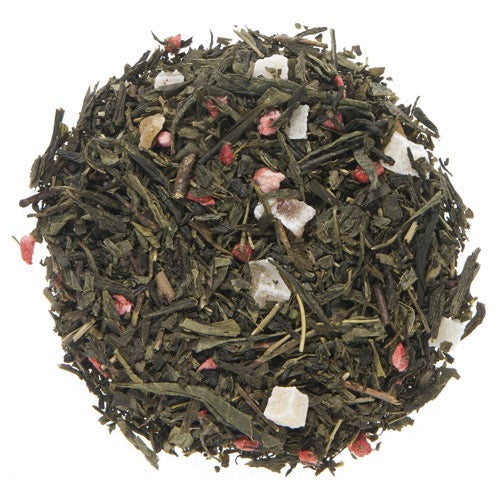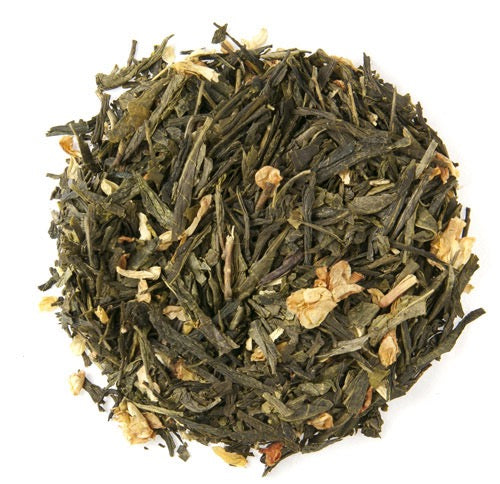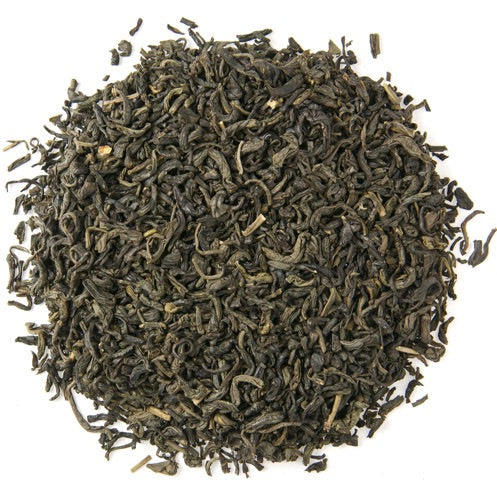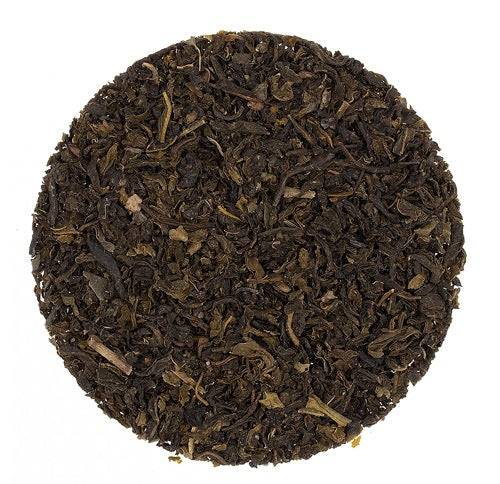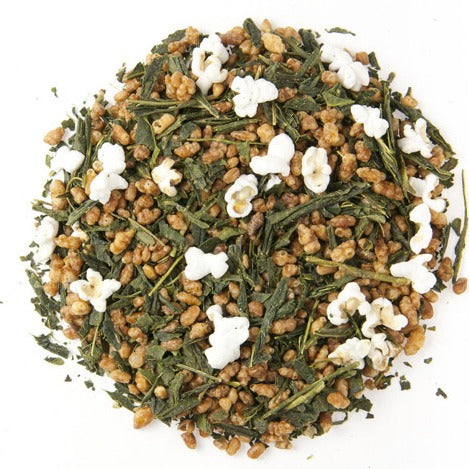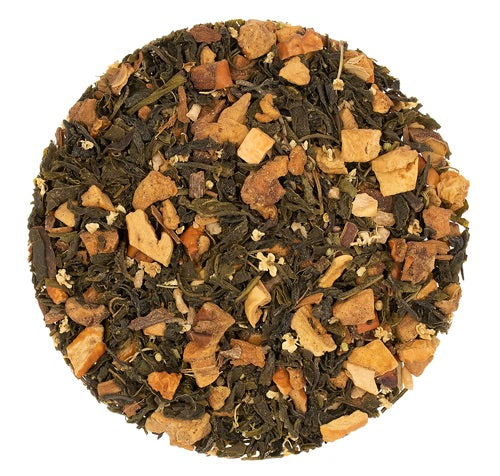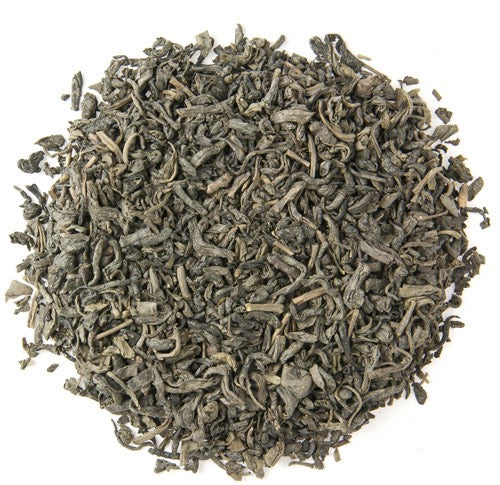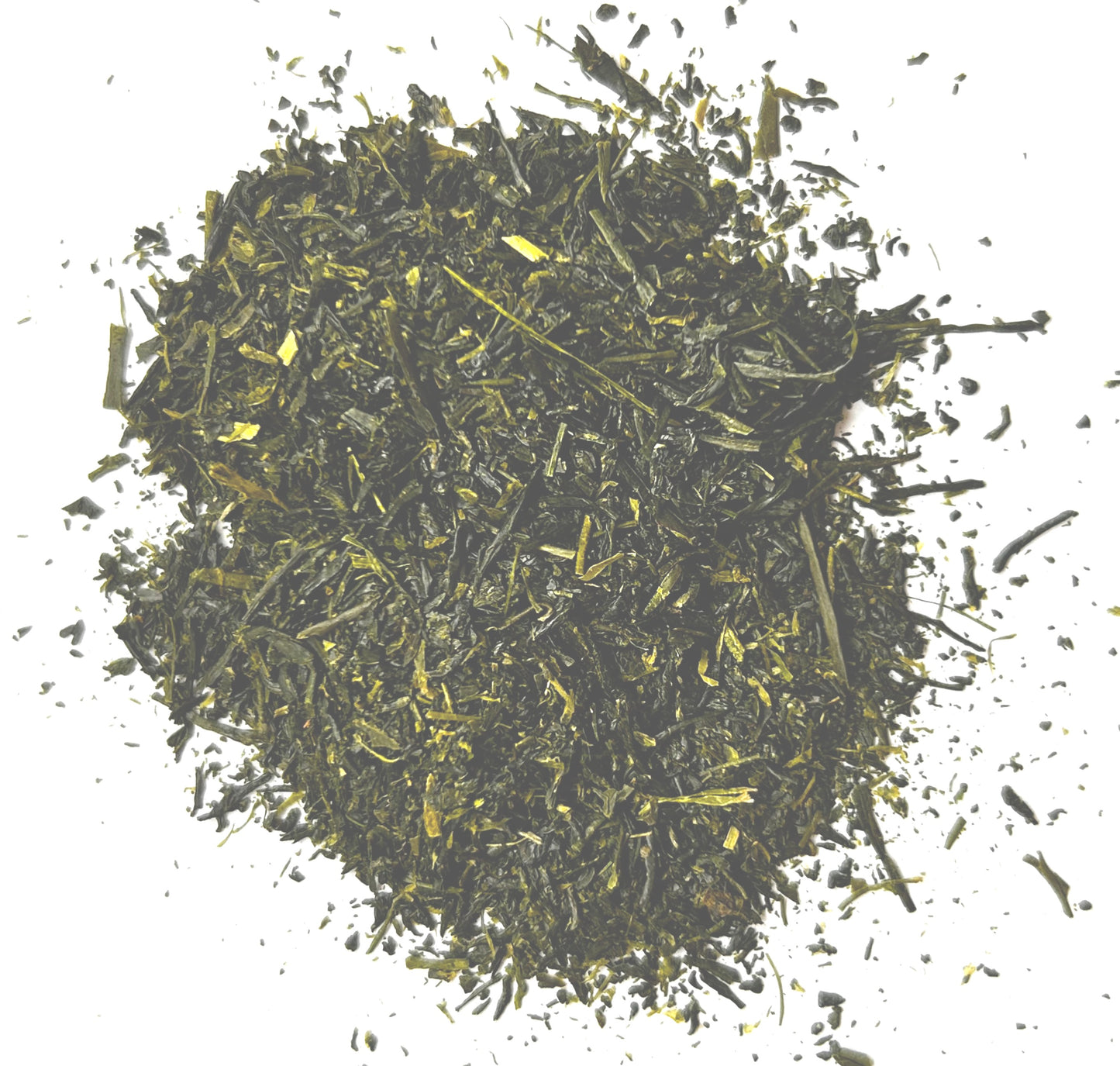Want a silky-smooth, flavorful cup of green tea? Avoiding bitterness is easier than you think—with just five focused minutes, you’ll unlock a world of fresh, vibrant flavor and health benefits. Whether you're a tea beginner or a seasoned sipper, this step-by-step guide will help you steep green tea properly and consistently.
Why Green Tea Tastes Better When Brewed Right
Delicate and aromatic, green tea offers flavor profiles ranging from grassy and earthy to floral, fruity, or toasty, much like wine, these notes are shaped by the tea’s terroir: soil, climate, and craftsmanship. While Japan is known for its signature green teas, India actually introduced green tea to Japan in the 17th century.
Plus, there’s science-backed wellness behind every sip. According to the National Institutes of Health (NIH), green tea is rich in polyphenols like catechins, especially EGCG (epigallocatechin gallate), linked to benefits for the heart, liver, and even certain cancers.
How Green Tea is Made
All true teas come from the Camellia sinensis plant. What makes green tea different is its processing: the leaves are steamed or pan-fired right after harvest, which halts oxidation and preserves the vibrant green color and beneficial polyphenols.
How to Steep Green Tea Perfectly
What You’ll Need
- Loose-leaf green tea
- Steeping basket or infuser
- Thermometer or variable-temp kettle
- 12 oz cup or teapot
- Fresh water (not pre-boiled)
- Timer (your phone works great!)
- Teadaytea measuring spoon
Step 1: Heat Your Water to 175°F
Use fresh, cold water—not water that’s been previously boiled. Heat it to 175°F (80°C). If you don't have a thermometer, boil water, then let it sit for 5 minutes.
Too hot? The leaves burn. Too cold? The flavor falls flat.
Step 2: Measure Your Green Tea
Add 2 heaping teaspoons of loose-leaf green tea per 12 oz of water. This ratio works across green tea types and helps maintain balance in flavor and strength.
Step 3: Steep for 3 Minutes
Place the tea in your steeping basket, pour over your hot water, and steep for exactly 3 minutes. Use a timer to avoid bitterness.
Step 4: Remove the Leaves
Don’t let the leaves sit past 3 minutes. Oversteeping extracts tannins that cause bitterness and a chalky aftertaste.
Step 5: Customize Your Cup (or Don’t)
Traditionally, green tea is served plain—no honey, no lemon. But if your palate prefers a hint of sweetness, go for it!
Perfect green tea isn’t hard—it just takes intention. Avoid the common mistake of using boiling water and walking away. Instead, practice this method and notice the flavor bloom in every cup.
Tried this method? Share your #GreenTeaExperience on Instagram and tag us @teaday.tea




